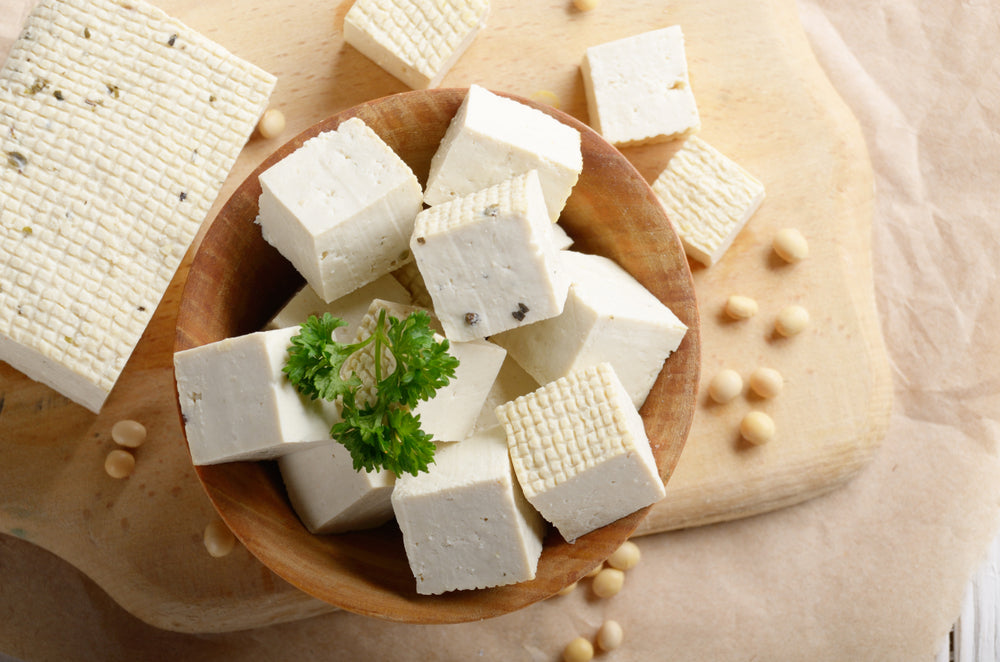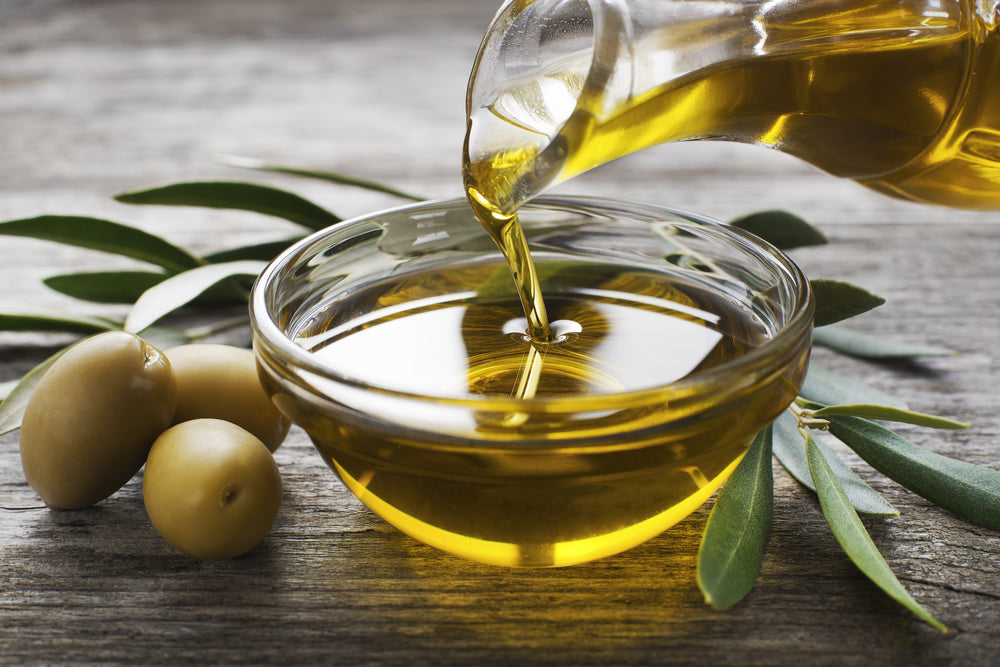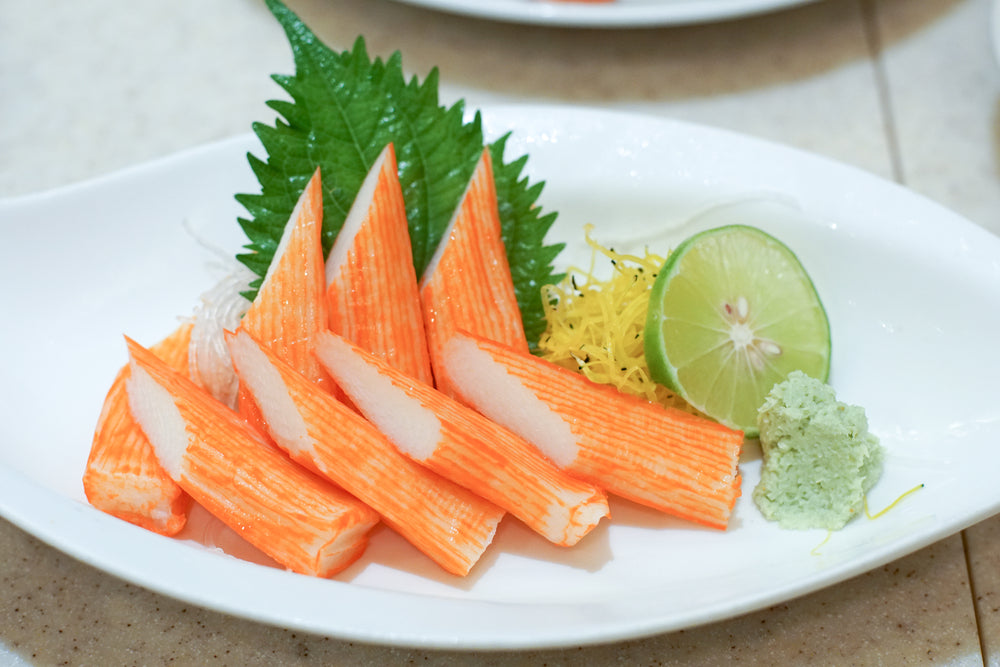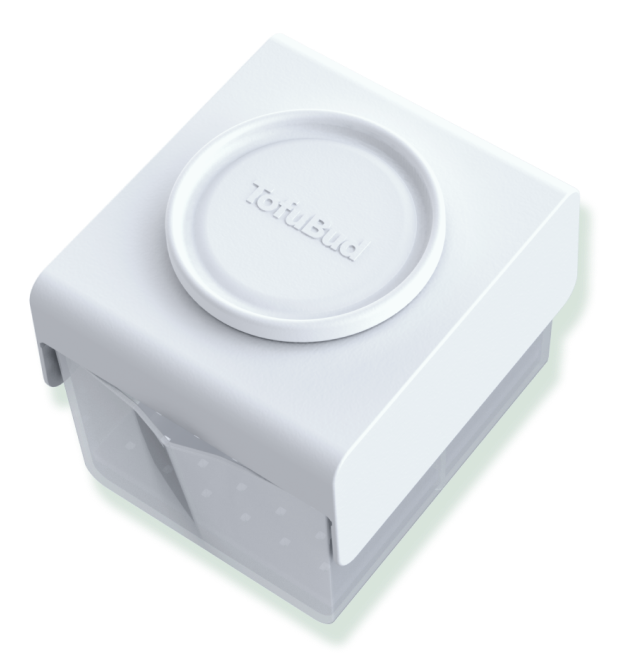Beeswax, much like another honeybee product, honey, falls into a vague grey area of veganism, with worker bees building this beneficial product as their hive base. We're examining how beeswax and honey may or may not fit into veganism, along with a few lovely vegan alternatives to beeswax for all of your candle and cosmetic needs.
First of all, where does beeswax come from?
This solid, quality wax builds right in the heart of a beehive as a structure to hold all of the honey worker bees gather to produce.
While it doesn't exactly harm a honeybee to take its stash of beeswax, it can be disruptive, which doesn't sit well for some of our vegan friends who avoid beeswax.
Other vegans and almost all vegetarians feel comfortable enough to include bee products, like honey and beeswax, in their diets and lifestyle.
Read more about how this bee-based product originates and determine for yourself if you consider it vegan. If you decide it's a no-go, don't worry – there are plenty of vegan beeswax alternative options available to suit everyone's comfort and needs!
What is Beeswax?
Beeswax is a waxy substance produced by the genus Apis – honey bees – as a base for their hive's structure and honey storage unit.
That technically makes honey and beeswax animal products, though the bees are mostly unchanged during the extraction of both, so many consider it cruelty-free.
You'll often see beeswax for cosmetics, as it provides a fantastic emollient, emulsifier, and thickener. It builds a creaminess that helps cosmetics glide across the skin while retaining moisture.
What is Beeswax Made Out of?
Am I consuming bee poop?
Younger honey bees produce wax beneath their bellies through specialized glands, similar to a human sweat gland. The resin comes out as a liquid and hardens once exposed to the air.
It's a form of waste, so, by a primitive definition, you're consuming bee poop.
Amazing Benefits of Beeswax
There are several reasons why beeswax is such a popular ingredient in cosmetics:
- It's hydrating. This humectant product attracts water molecules to its surface, keeping skin well-hydrated.
- It's protective. Beeswax skin products provide a barrier between your pores and the outside environment and air, containing toxins and bacteria. They can leach the moisture from your skin in record time, especially in cold climates. It's a breathable, natural product that won't clog your pores like other skin protection products.
- It's antibacterial. Beeswax and honey are antibacterial, with crude beeswax products showing strong, natural antimicrobial protection in many studies.
- It's anti-inflammatory. Beeswax can help break down inflammation in the body, making it great to use as a topical treatment for burns, wounds, eczema, and other skin-damaging issues.
- It's high in vitamin A. This vitamin helps speed up cell turnover rates, so think of it as a natural exfoliant – it helps to boost skin elasticity and reconstruction.
Beeswax and Allergies
It's important to note that just like many other products, you'll want to test for an allergy to beeswax before you start slathering a wax-based lotion all over your face or body.
Dab a drop of beeswax on the inside of your wrist and leave for 24-48 hours as you watch for redness, rash, and other adverse skin reactions.
Harvesting Beeswax: How is Beeswax Made?
The beeswax glands only exist on female honey bees, which converts sugar into the waxy substance dried into flakes. Other bees collect these wax flakes, chew them in their mouths, and use them to build the honeycomb structure.
Beeswax is smooth and edible, though it's nowhere near as tasty as honey (but what is, really?).
New honeycomb is white but turns yellow and brown with age, cleaning, and reuse. Retailers sell honeycomb in yellow or white, but unlike in the hive, the colors don't indicate its age – yellow honeycomb is less refined, while white is highly refined and bleached in its preparation process.
For these reasons, purchase yellow honeycomb over white whenever possible.
Is Beeswax Cruelty-Free & Vegan?
This is the million-dollar question, but it doesn't have a clear cut answer.
Part of the answer depends on the farming practices used for the products you source, and the other part depends on your feelings about bee exploitation.
Bee Farming Practices
First, not all farming practices are cruelty-free – some farmers use harvesting methods that minimize the harm done to bees, though it can't be guaranteed altogether.
Other bee farming methods are crueler than others, which everyone, including vegans, should avoid. Farmers at larger farms often cut off the queen bee's wings so she can't leave the bee colony or artificially inseminate the queen instead of letting natural processes occur.
When farmers move a queen bee to a new colony, they bring along protective bees, which get rejected and killed when meeting the new settlement. Bigger bee farms may also replace crucial winter honey stores with a cheap sugar product that doesn't contain enough nutrition.
And the legs and wings of many bees are torn off with improper care and mishandling, typical of large-scale, factory-farm productions.
Bee Exploitation
As far as vegan values, some vegans consider even the most humane practices on bee farms are a form of exploitation, as bees are living creatures that can't give their permission to use their products.
We take products that the bees would otherwise use, making their jobs harder as they make up for the periodic loss of their hard-earned hive.
Other Ethical Dilemmas
Claiming beeswax as non-vegan sets many other products on a slippery slope, making 'true' veganism so tricky, it may be impossible.
Take avocados, for example – these delicious and nutritious fruits get pollinated artificially using bee colonies, transported around the US and Mexico, which would then fall under the umbrella of exploitation, too. And this is just one of many crops that use these practices. If vegans begin to avoid every artificially pollinated crop, they will quickly run out of things to eat, leading to a dangerously limited diet.
We think the critical piece of the definition of veganism allows for these exceptions with a few simple words: "as far as is possible and practicable." If cutting out bee products feels impossible for you, you can make exceptions and still consider yourself a full-fledged vegan.
What about Honey?
The same ethical dilemmas extend to the tastiest bee product, honey. And while we're not saying you should lean either way in this very personal choice, it seems entirely reasonable to extend your decision to all bee products – if you eat honey, you might as well use beeswax, and vice versa.
Vegan Beeswax Alternatives: Our 5 Favorite Options
#1: Candelilla Wax
The candelilla shrub leaves create the base for this more hardened and brittle wax that has the same moisture-building qualities as beeswax. You can use half the amount when substituting in place of beeswax, making it an inexpensive beeswax substitute.
#2: Soy Wax
Soy wax is an excellent replacement for beeswax in high quality candle making and cosmetic recipes. While the soy sources are likely GMO, there is no reason that this would be an issue for the uses above.
Soy wax has the most similar texture to beeswax, making it the best vegan alternative to beeswax for a seamless substitution.
Be wary of soy blends – much of the soy wax available contains beeswax, too.
#3: Carnauba Wax
Carnauba is twice as strong as beeswax, so reduce your measurement by at least half when using this synthetic beeswax.
Vegan consumers may want to avoid this Brazilian wax from palm trees, as it contributes to problematic and unsustainable palm oil farming practices.
#4: Myrica Fruit Wax
Myrica fruit wax, also called bayberry wax, contains the vegetable tallow skimmed from the myrica bush's boiled fruits.
Its texture is hard, and the wax is quite brittle, so use up to half the amount to substitute for beeswax. Beware of its aroma, as it's strong, earthy, and can't be as easily concealed by fragrance as other vegan waxes.
#5: Berry Wax
This soft wax is light in color and yields from a varnish or lacquer tree's berries.
It has a high ester content with a low boiling point and softness that makes it better blended with firmer waxes or used alone as an emulsion stabilizer.
Final Note: Is Beeswax Vegan?
So, is beeswax vegan? It depends on who you ask. Ultimately, the decision to use honey bee products is up to you – neither choice is inherently wrong or right.
Some veganism decisions are a lot more complicated in some cases, and drawing the line is something everyone needs to do while considering the full scope of a situation.
Learn more about other vegan products that we think are a little easier to assess on the veganism scale, like this article, 'Is Bread Vegan,' about one of our favorite foods: bread!







Leave a comment (all fields required)